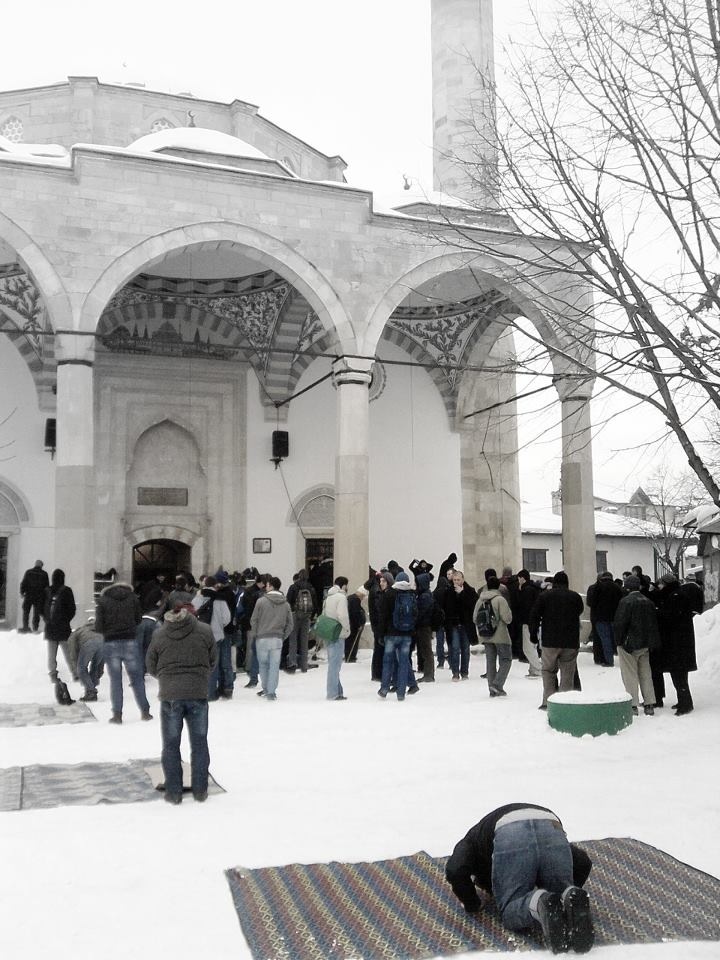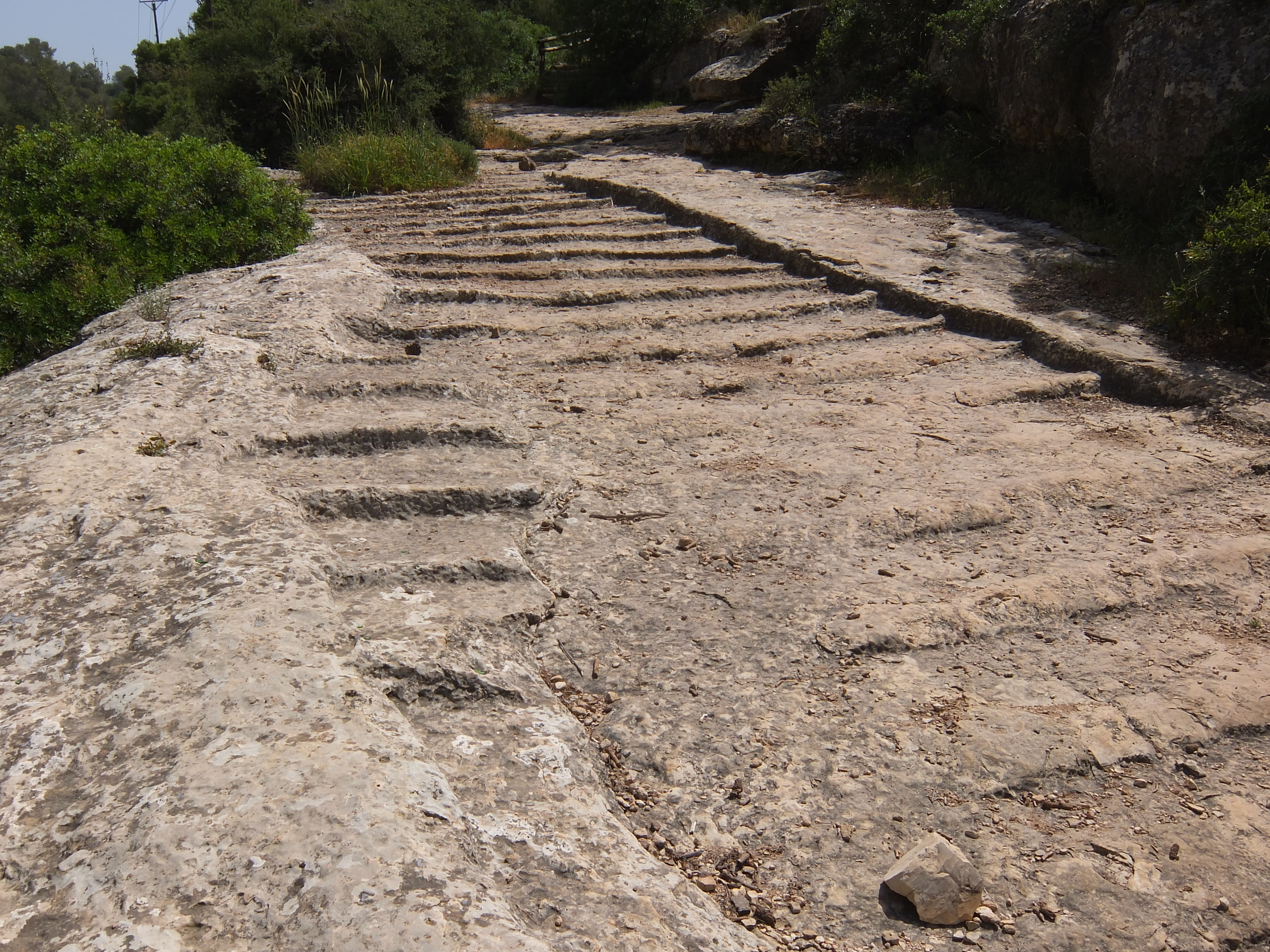|
Naqib Al-Ashraf Revolt
The Naqib al-Ashraf revolt (also known as the Naqib al-Ashraf uprising) was a popular uprising in Jerusalem against the Ottoman authorities between May 1703 and October 1705.Manna, ed. Mattar 2000 p. 341.Manna, ed. Mansur, p. 87. It was led by the city's ''naqib al-ashraf'' (local head of the order of Muhammad's descendants), Muhammad ibn Mustafa al-Husayni al-Wafa'i, and the rebels consisted of townspeople, peasants from nearby villages, local Bedouins, and religious notables (''ulama''). For over two years the rebels engaged in virtual self-rule in the city. However, divisions emerged within rebel ranks, and following an Ottoman siege, the rebel camp led by al-Husayni fled the city and were later captured and executed. Background In the mid-17th century, the Sublime Porte (Ottoman imperial government) launched a centralization effort in the empire's provinces guided by the policies of the Köprülü Grand Viziers.Ze'evi 1996, pp. 59-60. In Palestine, these policies manifested i ... [...More Info...] [...Related Items...] OR: [Wikipedia] [Google] [Baidu] |
Jerusalem
Jerusalem (; he, יְרוּשָׁלַיִם ; ar, القُدس ) (combining the Biblical and common usage Arabic names); grc, Ἱερουσαλήμ/Ἰεροσόλυμα, Hierousalḗm/Hierosóluma; hy, Երուսաղեմ, Erusałēm. is a city in Western Asia. Situated on a plateau in the Judaean Mountains between the Mediterranean Sea, Mediterranean and the Dead Sea, it is one of the List of oldest continuously inhabited cities, oldest cities in the world and is considered to be a holy city for the three major Abrahamic religions: Judaism, Christianity, and Islam. Both Israelis and Palestinians claim Jerusalem as their Capital city, capital, as Israel maintains its primary governmental institutions there and the State of Palestine ultimately foresees it as its seat of power. Because of this dispute, Status of Jerusalem, neither claim is widely recognized internationally. Throughout History of Jerusalem, its long history, Jerusalem has been destroyed at least twice, Sie ... [...More Info...] [...Related Items...] OR: [Wikipedia] [Google] [Baidu] |
Sanjak-bey
''Sanjak-bey'', ''sanjaq-bey'' or ''-beg'' ( ota, سنجاق بك) () was the title given in the Ottoman Empire to a bey (a high-ranking officer, but usually not a pasha) appointed to the military and administrative command of a district (''sanjak'', in Arabic ''Liwa (Arabic), liwa’''), hence the equivalent Arabic title of ''amir liwa'' ( ) He was answerable to a superior ''wāli'' or another provincial governor. In a few cases the ''sanjak-bey'' was himself directly answerable to Istanbul. Like other early Ottoman administrative offices, the ''sanjak-bey'' had a military origin: the term ''sanjak'' (and ''liva'') means "flag" or "standard" and denoted the insigne around which, in times of war, the cavalrymen holding fiefs (''timars'' or ''ziamets'') in the specific district gathered. The ''sanjakbey'' was in turn subordinate to a ''beylerbey'' ("bey of beys") who governed an ''eyalet'' and commanded his subordinate ''sanjak-beys'' in war. In this way, the structure of command on ... [...More Info...] [...Related Items...] OR: [Wikipedia] [Google] [Baidu] |
Nablus
Nablus ( ; ar, نابلس, Nābulus ; he, שכם, Šəḵem, ISO 259-3: ; Samaritan Hebrew: , romanized: ; el, Νεάπολις, Νeápolis) is a Palestinian city in the West Bank, located approximately north of Jerusalem, with a population of 126,132.PCBS02007 Locality Population Statistics. Palestinian Central Bureau of Statistics (PCBS). Located between Mount Ebal and Mount Gerizim, it is the capital of the Nablus Governorate and a commercial and cultural centre of the State of Palestine, home to An-Najah National University, one of the largest Palestinian institutions of higher learning, and the Palestine Stock Exchange.Amahl Bishara, ‘Weapons, Passports and News: Palestinian Perceptions of U.S. Power as a Mediator of War,’ in John D. Kelly, Beatrice Jauregui, Sean T. Mitchell, Jeremy Walton (eds.''Anthropology and Global Counterinsurgency,''pp.125-136 p.126. Nablus is under the administration of the Palestinian National Authority as part of Area A of the West Ba ... [...More Info...] [...Related Items...] OR: [Wikipedia] [Google] [Baidu] |
Friday Prayer
In Islam, Friday prayer or Congregational prayer ( ar, صَلَاة ٱلْجُمُعَة, ') is a prayer ('' ṣalāt'') that Muslims hold every Friday, after noon instead of the Zuhr prayer. Muslims ordinarily pray five times each day according to the sun's sky path regardless of time zones. ''Jumu’ah'' means Friday in the Arabic language. In many Muslim countries, the weekend is inclusive of Fridays, while in others, Fridays are half-days for schools and some workplaces. Meaning It is one of the most exalted Islamic rituals and one of its confirmed obligatory acts. Obligation There is consensus among Muslims regarding the Friday prayer (''salat al-jum‘ah'') being ''wajib'' - required - in accordance with the Quranic verse, as well as the many traditions narrated both by Shi’i and Sunni sources. According to the majority of Sunni schools and some Shiite jurists, Friday prayer is a religious obligation, but their differences were based on whether its obligation is condit ... [...More Info...] [...Related Items...] OR: [Wikipedia] [Google] [Baidu] |
Bayt Jibrin
Bayt Jibrin or Beit Jibrin ( ar, بيت جبرين; he, בית גוברין, translit=Beit Gubrin) was a Palestinians, Palestinian village located northwest of the city of Hebron. The village had a total land area of 56,185 dunams or , of which were built-up while the rest remained farmland.''Village Statistics'', Government of Palestine. 1945. Quoted in Hadawi, 1970, p143 During the 8th century BCE, the village, then known as Maresha, was part of the Kingdom of Judah. During the days of Herod the Great, a Jews, Jewish ruler of the Herodian Kingdom of Judea, Herodian Kingdom, the town was the administrative center for the district of Edom#Classical Idumaea, Idumea. After the turmoil of the First Jewish–Roman War and the Bar Kokhba revolt, the town became a thriving Colonia (Roman), Roman colony and a major administrative centre of the Roman Empire under the name of Eleutheropolis. With the rise of Islam in the early 7th century CE, Bayt Jibrin was conquered by Rashidu ... [...More Info...] [...Related Items...] OR: [Wikipedia] [Google] [Baidu] |
Mehmed Pasha Kurd Bayram
Mehmed Pasha Kurd Bayram-zade (transliterated in Arabic as ''Muhammad Pasha ibn al-Kurd Bayram''), also known as Çerkes Mehmed Pasha (transliterated in Arabic as ''Muhammad Pasha al-Jarkasi'') was an Ottoman statesman. He served as the district governor of Jerusalem, Gaza and Nablus in 1701–1703 and the provincial governor of Damascus in 1702–1703 and 1705–1706. Biography Mehmed Pasha was appointed governor of the Jerusalem, Gaza and Nablus ''sanjaks'' (provincial districts) in 1701, and arrived in Jerusalem later that year. He was tasked with bring order and reasserting centralized authority in the region of southwestern Palestine.Manna, p. 53. In Jerusalem, he doubled tax rates and used force to collect unpaid taxes, a significant departure from previous governors who had a more lax approach to tax collection. During the first year of his term, Mehmed Pasha launched two punitive expeditions against the Bedouin tribes who had taken over the roads around Gaza and exacted ... [...More Info...] [...Related Items...] OR: [Wikipedia] [Google] [Baidu] |
Temple Mount
The Temple Mount ( hbo, הַר הַבַּיִת, translit=Har haBayīt, label=Hebrew, lit=Mount of the House f the Holy}), also known as al-Ḥaram al-Sharīf (Arabic: الحرم الشريف, lit. 'The Noble Sanctuary'), al-Aqsa Mosque compound, or simply al-Aqsa Mosque (, ''al-Masjid al-Aqṣā'', lit. 'The Furthest Mosque'), * ''Where Heaven and Earth Meet'', page 13: "Nowadays, while oral usage of the term Haram persists, Palestinians tend to use in formal texts the name Masjid al-Aqsa, habitually rendered into English as 'the Aqsa Mosque'" * * * * PEF Survey of Palestine, 1883, volume III Jerusalem, p.119: "The Jamia el Aksa, or 'distant mosque' (that is, distant from Mecca), is on the south, reaching to the outer wall. The whole enclosure of the Haram is called by Moslem writers Masjid el Aksa, 'praying-place of the Aksa,' from this mosque." * Yitzhak Reiter: "This article deals with the employment of religious symbols for national identities and national narratives by us ... [...More Info...] [...Related Items...] OR: [Wikipedia] [Google] [Baidu] |
Soubashi
The ''soubashi'' ( tr, subaşı, sq, subash, sh, subaša) was an Ottoman gubernatorial title used to describe different positions within Ottoman hierarchy, depending on the context. This title was given to Ottoman timar holders who generated more than 15,000 aspers per annum or to the assistants of the sanjak-bey. The term was also used for commander of the town or castle in Ottoman Empire, an ancient version of chief of police. A surname found among Balkan The Balkans ( ), also known as the Balkan Peninsula, is a geographical area in southeastern Europe with various geographical and historical definitions. The region takes its name from the Balkan Mountains that stretch throughout the who ... families, Subaša or Subašić, is derived from the title. References Sources * Gubernatorial titles Civil servants from the Ottoman Empire Turkish words and phrases Military ranks of the Ottoman Empire {{Ottoman-stub ... [...More Info...] [...Related Items...] OR: [Wikipedia] [Google] [Baidu] |
Timar
A timar was a land grant by the sultans of the Ottoman Empire between the fourteenth and sixteenth centuries, with an annual tax revenue of less than 20,000 akçes. The revenues produced from the land acted as compensation for military service. A holder of a timar was known as a timariot. If the revenues produced from the timar were from 20,000 to 100,000 ''akçes'', the land grant was called a ''zeamet'', and if they were above 100,000 ''akçes'', the grant would be called a ''hass''.Hütteroth and Abdulfattah, 1977, p. 99 Timar system In the Ottoman Empire, the timar system was one in which the projected revenue of a conquered territory was distributed in the form of temporary land grants among the Sipahis (cavalrymen) and other members of the military class including Janissaries and other kuls (slaves) of the sultan. These prebends were given as compensation for annual military service, for which they received no pay. In rare circumstances women could become timar holders. H ... [...More Info...] [...Related Items...] OR: [Wikipedia] [Google] [Baidu] |
Timariot
Timariot (or ''tımar'' holder; ''tımarlı'' in Turkish) was the name given to a Sipahi cavalryman in the Ottoman army. In return for service, each timariot received a parcel of revenue called a timar, a fief, which were usually recently conquered plots of agricultural land in the countryside. Far less commonly, the sultan would grant a civil servant or member of the imperial family a timar. Also non-military timar holders were obliged to supply the imperial army with soldiers and provisions. The timariots provided the backbone of the Ottoman cavalry force and the army as a whole. They were obligated to fight as cavalrymen in the Ottoman military when called upon. The timariots had to assemble with the army when at war, and had to take care of the land entrusted to him in times of peace. When at war, the timariot had to bring his own equipment and in addition a number of armed retainers (''cebelu''). The timariot was granted feudatory with the obligation to go mounted to war and ... [...More Info...] [...Related Items...] OR: [Wikipedia] [Google] [Baidu] |
Nablus Sanjak
The Nablus Sanjak ( ar, سنجق نابلس; tr, Nablus Sancağı) was an administrative area that existed throughout Ottoman rule in the Levant (1517–1917). It was administratively part of the Damascus Eyalet until 1864 when it became part of Syria Vilayet and then the Beirut Vilayet in 1888. History Early Ottoman rule In the 1596- daftar, the Sanjak of Nablus contained the following subdivisions and villages/town: Nahiya Jabal Sami * Tayasir, 'Aqqaba, Tammun, Tubas, Sir, Talluza, Fandaqumiya, Jaba, Burqa, Zawata,Hütteroth and Abdulfattah, 1977, p. 125 Ijnisinya, Rama, Ajjah, Attil, Kafr Rumman, Shufa, Beit Lid, Saffarin, YasidHütteroth and Abdulfattah, 1977, p. 126 Kufeir, Baqa al-Gharbiyye, Ramin, Zemer, Anabta, Bal'a, Qabatiya, Al-Judeida,Hütteroth and Abdulfattah, 1977, p. 127 Arraba, Yabad, Kufeirit, Burqin, Asira ash-Shamaliya, Kafr Qud, Mirka, Siris, Meithalun, Kafr al-Labad, Sanur,Hütteroth and Abdulfattah, 1977, p. 128 Sebastia, Nisf Jubeil, Qu ... [...More Info...] [...Related Items...] OR: [Wikipedia] [Google] [Baidu] |




.jpg)
